Introduction: The Importance of the Piston Press Tool
Understanding the Piston Press Tool
A piston press tool is an essential device in many workshops, particularly in metalworking and manufacturing. It operates through hydraulic or pneumatic force to exert pressure, enabling a variety of tasks such as bending, shaping, and assembling materials. Understanding how to use this powerful tool effectively maximizes its capabilities and ensures high-quality work.
Benefits of Using a Piston Press Tool
The piston press tool offers numerous advantages for workshop efficiency. It allows for precise control over applied pressure, enabling consistent results every time. This precision reduces errors and enhances the quality of the finished product. Furthermore, a piston press can significantly reduce manual labor, saving time and energy.
Key Applications in the Workshop
Piston press tools have a wide range of applications in various industries. They are commonly used for tasks such as metal forming, pressing bearings, and assembling parts. Whether you’re working in automotive repair, metal fabrication, or other fields, understanding how to effectively utilize this tool is crucial for meeting production demands.
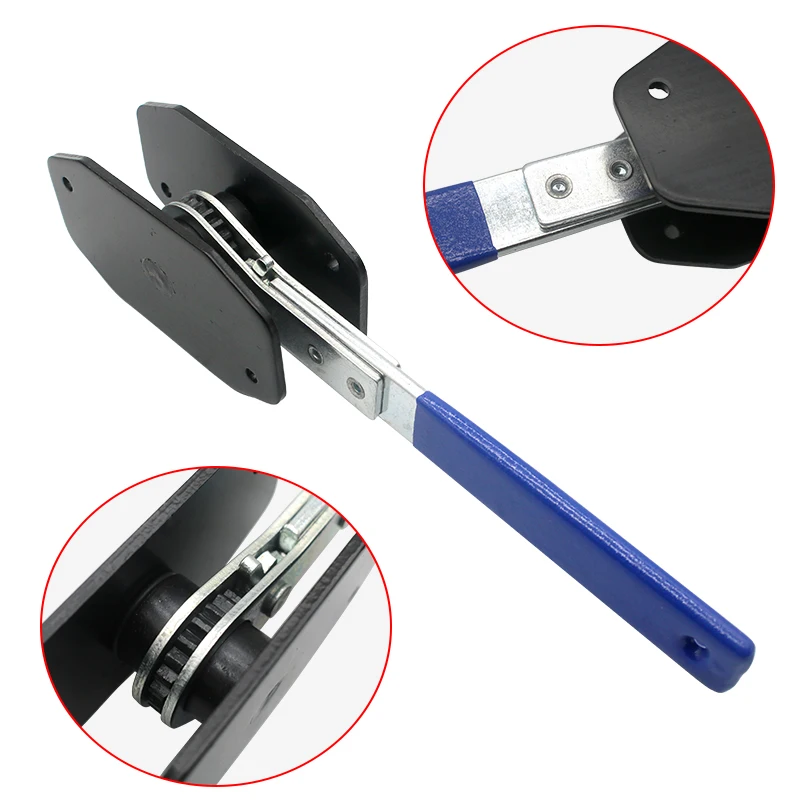
1. Selecting the Right Piston Press Tool
Different Types of Piston Press Tools
There are several types of piston press tools available, each suited for specific tasks. Hydraulic presses are popular for their high force capabilities, making them ideal for heavy-duty applications. Pneumatic presses operate using compressed air and are often used for lighter tasks. Understanding the difference between these types should guide you toward the right choice for your workshop needs.
Assessing Force Requirements
When selecting a piston press tool, consider the force requirements for your specific tasks. Hydraulic presses can generate higher pressure, making them suitable for heavy materials. In contrast, pneumatic presses are great for lighter applications. Know the specifications of the materials you will work with, and choose a press that meets those requirements effectively.
Size and Space Considerations
Evaluate the size of the piston press tool based on your workshop space. Ensure that you have sufficient clearance around the tool for safe operation. Many models come in various sizes, allowing you to choose one that fits comfortably in your workspace. Proper sizing will help you avoid any clutter and ensure safe, efficient operation.
2. Understanding Safety Protocols
Importance of Safety Measures
Safety should always be a priority when operating heavy machinery like piston presses. Understanding proper safety protocols helps prevent accidents and injuries. When using a piston press, familiarize yourself with the manufacturer’s safety guidelines and operational instructions.
Personal Protective Equipment (PPE)
Wearing the right personal protective equipment is essential. Always wear safety glasses to protect your eyes from falling debris or splashes. Gloves help minimize the risk of cuts or burns while handling metal parts. Additionally, steel-toed boots provide vital protection for your feet in case of heavy equipment drops.
Regular Maintenance Checks
Regular maintenance checks are critical for ensuring safe operation. Inspect the piston press for any leaks, worn parts, or signs of damage before use. Keeping the machine in good condition reduces the likelihood of malfunctions during operation. Taking these precautions enhances safety in the workshop.
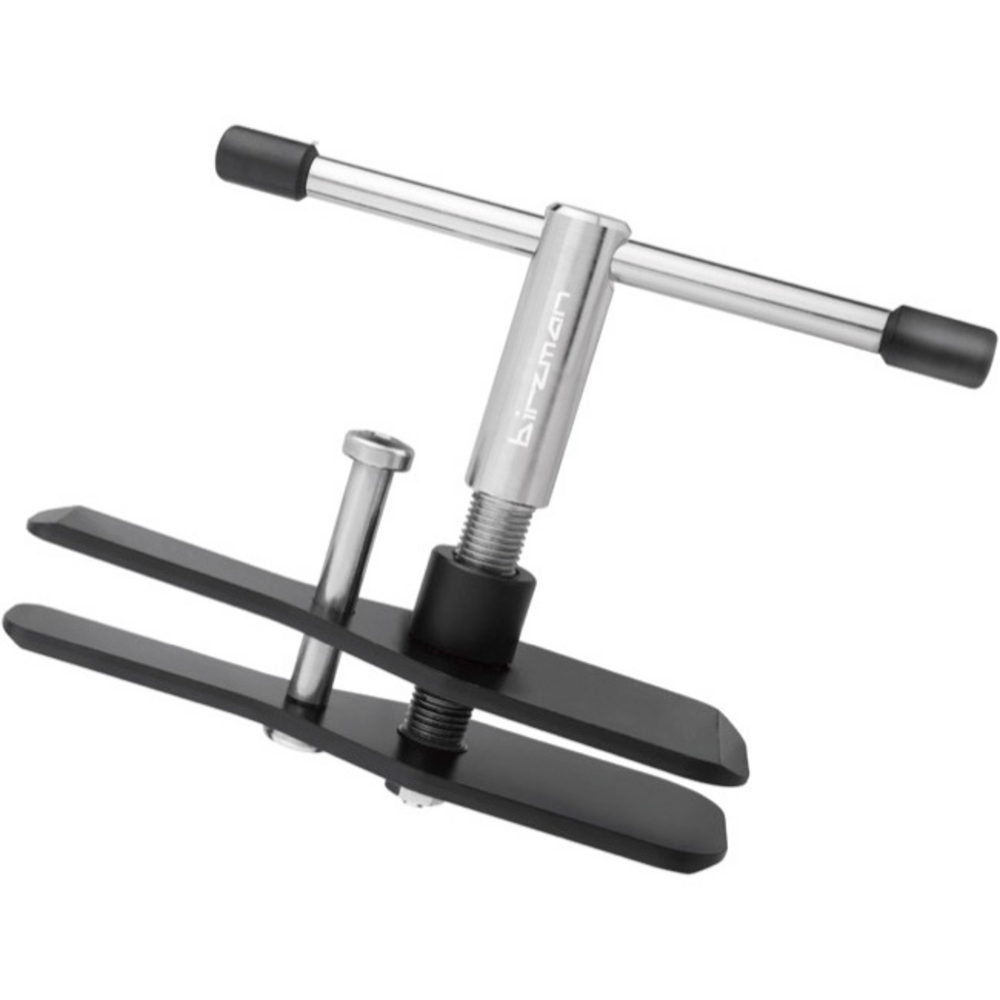
3. Setting Up Your Piston Press Tool
Location and Stability
When setting up a piston press tool, choose a stable and level surface. This helps ensure accurate and safe operation when applying pressure. If needed, use mounting brackets to secure the press in place. A stable setup minimizes the risk of tipping or sliding during use.
Appropriate Connections
For hydraulic presses, ensure that all fluid connections are secure and leak-free. Check hoses and fittings for wear and tear before use. For pneumatic presses, confirm that the air supply is properly connected and at the appropriate pressure level. Making these connections correctly is vital for efficient operation.
Workspace Organization
Organize your workspace effectively before using the piston press. Arrange materials, tools, and safety equipment within easy reach. A clutter-free environment makes it easier to operate the press while minimizing distractions. Proper organization contributes to a smoother workflow.
4. Basic Operation Techniques
Preparing Materials
Prior to using the piston press, prepare your materials appropriately. Measure and cut them according to your project requirements. Preparing materials in advance ensures a smoother process during the pressing operation. Understanding the dimensions and specifications of your materials is crucial for accurate results.
Using the Control Mechanisms
Familiarize yourself with the control mechanisms of your piston press. This may involve understanding levers, buttons, or digital displays, depending on the model. Always start with low pressure and gradually increase it to avoid damaging materials. Understanding these controls will help you operate the tool with confidence.
Maintaining Stability During Operation
When operating the piston press, ensure that your materials are stable and properly positioned. Use clamps or fixtures to hold items in place if necessary. This stability is crucial for safety and ensuring that the pressing operation is accurate. Failure to secure materials can result in misalignment or injury.
5. Troubleshooting Common Issues
Recognizing Leak Problems
Leaks are a common issue associated with hydraulic presses. If you notice hydraulic fluid leaking from connections, inspect them immediately. Tightening fittings or replacing worn hoses may resolve the problem. Always ensure that fluid levels are within the recommended range for proper operation.
Addressing Power Issues
If a pneumatic press is not performing as expected, check the air supply and pressure settings. Ensure that the compressor is functioning correctly and that hoses are not kinked or blocked. Low pressure may hinder the tool’s performance, leading to subpar results.
Fixing Misalignment
Misalignment during pressing can lead to uneven results. If materials do not align correctly, stop the operation and adjust them accordingly. Always double-check that items are positioned properly before applying pressure. This diligence will help prevent unnecessary damage to the materials.

6. Advanced Techniques for Enhanced Efficiency
Layering Materials
For projects requiring the pressing of multiple materials, consider layering them properly. This technique can enhance the efficiency of each press cycle. When layering, ensure that the materials are compatible and that pressure is evenly distributed. Proper layering leads to a cleaner finish and better results.
Variable Pressing Speeds
Many modern piston presses offer variable speed settings. Using different speeds can yield varying results based on your requirements. Experimenting with speeds may help you find the optimal setting for specific tasks. Utilizing this feature enhances flexibility in your workshops.
Utilizing Digital Controls
If your piston press comes with digital controls, take advantage of the features they offer. Digital displays can provide real-time feedback, allowing for more precise adjustments during operation. Understanding how to use these controls effectively can enhance your efficiency and accuracy.
7. Essential Accessories for Your Piston Press
Pressure Gauges
Installing a pressure gauge on your piston press allows you to monitor pressure levels accurately. This increases safety and helps you achieve optimal results. Being aware of the pressure applied ensures that you are working within the proper parameters.
Tool Holders and Fixtures
Tool holders and fixtures can enhance your workflow when using a piston press. These accessories help secure workpieces, allowing for greater precision. Investing in high-quality holders and fixtures will improve your overall efficiency and results.
Protective Covers
Protective covers can keep your piston press safe from dust and debris when not in use. These covers prevent premature wear and damage. Investing in a good quality cover can extend the life of your equipment, ensuring it remains in peak condition for years.
8. Maintenance Routine for Piston Press Tools
Regular Inspections
Establish a routine for inspecting your piston press regularly. Check for signs of wear, leaks, or loose components. Regular inspections help catch potential issues before they escalate, promoting longevity and reliability in your equipment.
Lubrication Needs
Proper lubrication is critical for maintaining the efficiency of a piston press. Identify areas that require lubrication and follow manufacturer recommendations. Regularly lubricating moving parts ensures smooth operation and reduces wear and tear on components.
Keeping a Maintenance Log
Maintaining a log of maintenance activities can help track the performance and needs of your piston press. Include dates, issues encountered, and repairs made. This record will help you identify patterns and schedule future inspections effectively.
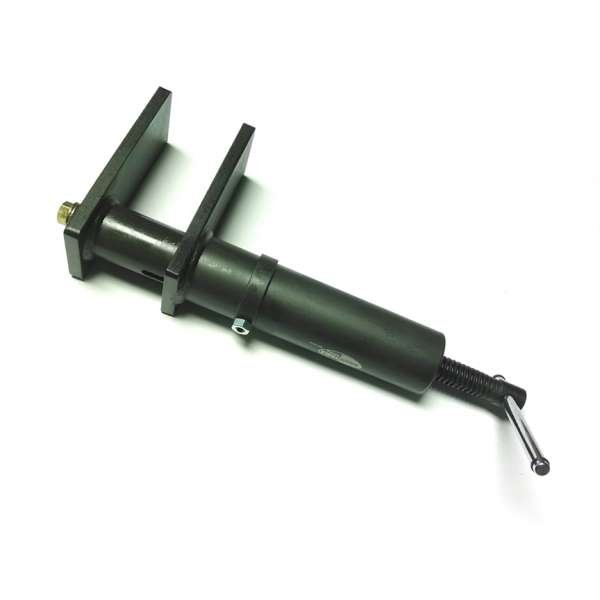
9. Maximizing Productivity in the Workshop
Organizing Workflows
Efficient workflows can significantly enhance productivity in your workshop. Map out processes to ensure all tasks are streamlined. Consider how the piston press fits into your overall workflow and optimize its position for easy access.
Time Management Strategies
Develop time management strategies to increase efficiency. Set specific time frames for each task, including pressing cycles. Monitoring your time helps identify areas for improvement and enhances your overall productivity.
Collaborating with Others
If you work in a team, ensure open communication and collaboration. Involve team members in planning processes and share ideas for improving workflows. Collaborating with others can lead to innovative solutions and enhanced overall productivity.
10. Environmental Considerations
Reducing Waste
Being mindful of waste during your pressing operations is essential to promoting sustainability. Find ways to minimize scrap materials and consider reusing unused components. Educate your team on waste reduction techniques to foster an environmentally conscious work environment.
Eco-Friendly Alternatives
Where possible, explore eco-friendly materials for your projects. Using sustainable materials aligned with your operational goals demonstrates a commitment to environmentally friendly practices. Opting for biodegradable or recycled materials contributes to a greener future.
Compliance with Regulations
Stay aware of local environmental regulations pertaining to hydraulic systems and waste disposal. Compliance with these regulations is essential for ethical operation. Regularly consult local authorities to ensure your workshop meets all necessary environmental standards.
11. Innovations in Piston Press Technology
Advancements in Hydraulic Systems
The field of hydraulic technology is evolving rapidly. Modern piston presses are equipped with innovative features that enhance functionality and efficiency. These advancements focus on improving usability, safety, and performance in various applications.
Smart Technology Integration
Many new piston press models incorporate smart technology. This includes features such as sensors and automated systems that monitor performance in real-time. Smart technology can optimize pressing cycles and ensure systematic workflow, leading to increased efficiency.
Future Trends
As technology continues to advance, the future of piston press tools is bright. Ongoing research and development will likely yield even more effective designs and features. Staying informed about emerging technologies in the industry will help you remain competitive and apply best practices in your workshop.
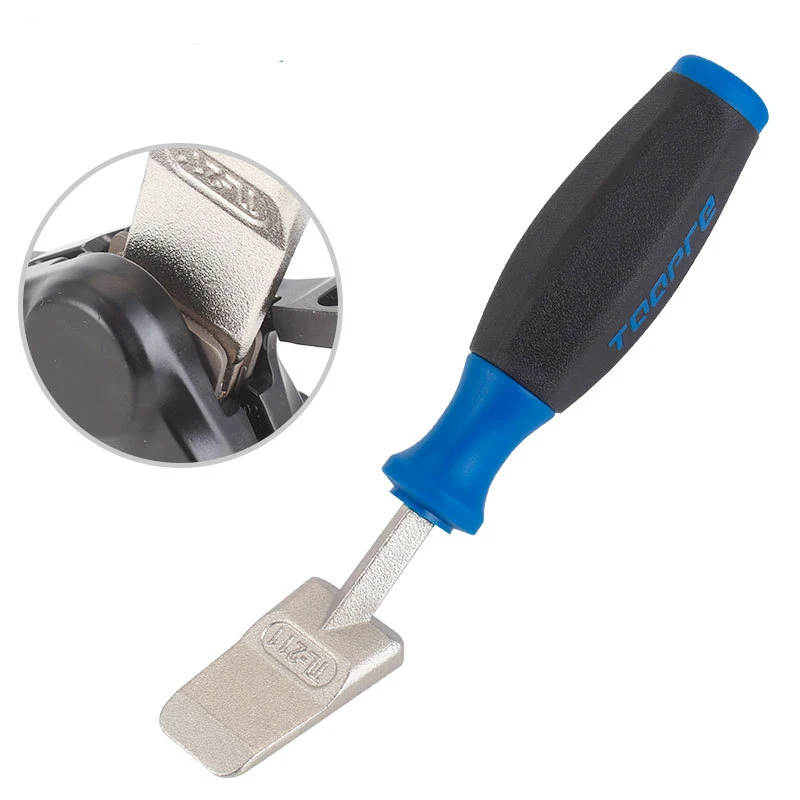
FAQ:
1. What is a piston press tool and how does it work?
Answer: A piston press tool, also known as a hydraulic press or piston press, is a machine used in workshops for compressing, shaping, or assembling materials. It operates using hydraulic power to generate force through the movement of a piston within a cylinder. By applying consistent pressure, it can efficiently perform tasks like pressing bearings, bending metal, or forming shapes, making it an essential tool in manufacturing and repair processes.
2. What are the benefits of using a piston press tool in the workshop?
Answer: The benefits of using a piston press tool include:
- Increased Force: Hydraulic piston presses can generate significant amounts of force, allowing for the manipulation of heavy materials and components.
- Precision: They provide precise control over the amount of pressure applied, leading to improved accuracy in tasks such as pressing and forming.
- Versatility: Suitable for a wide range of applications, including metalworking, woodworking, and even automotive repairs.
- Reduced Manual Labor: By automating pressing tasks, they reduce the physical strain on operators, making processes safer and more efficient.
3. How can I choose the right piston press for my needs?
Answer: When selecting a piston press tool, consider the following factors:
- Pressing Capacity: Determine the maximum load you will need to apply. Choose a press with sufficient capacity for your tasks.
- Size and Workspace: Assess the available space in your workshop and select a press that fits comfortably while allowing for easy operation.
- Type of Operations: Consider the specific applications you will use the press for (e.g., metal forming, assembling parts) to ensure compatibility.
- Power Source: Decide whether you want a manual, pneumatic, or hydraulic press depending on your requirements for speed and efficiency.
4. What safety precautions should I take when using a piston press tool?
Answer: Safety precautions when using a piston press tool include:
- Wear Protective Gear: Always use appropriate personal protective equipment (PPE), such as safety glasses and gloves.
- Inspect Equipment: Check the press for any signs of wear or damage before use. Ensure that all safety features are operational.
- Stabilize the Workpiece: Securely hold or clamp the material being pressed to prevent movement during operation.
- Follow Manufacturer Guidelines: Adhere to all operational instructions and safety warnings provided by the manufacturer to minimize risks.
5. How do I maintain and care for my piston press tool?
Answer: To maintain and care for your piston press tool:
- Regular Cleaning: Keep the press clean and free of debris or contaminants that may affect performance.
- Lubrication: Regularly oil moving parts and hydraulic components according to the manufacturer’s maintenance schedule to ensure smooth operation.
- Check Hydraulic Fluid Levels: Monitor the hydraulic fluid levels and top off as needed to prevent overheating and operational issues.
- Routine Inspections: Perform regular inspections to identify and address any wear or damage to components, ensuring the tool remains in good working condition.
Embrace the Benefits of Piston Press Tools
A Valuable Investment
Investing in a high-quality piston press tool can significantly enhance your workshop capabilities. By understanding the various features and benefits of these tools, you can make informed purchasing decisions. An informed choice leads to improved performance and reduced downtime.
The Journey of Continuous Improvement
Maximizing the efficiency of your piston press tool involves ongoing learning and adaptation. Regularly assess your practices, adapt to changes, and implement new techniques. Committing to continuous improvement will set you apart in the competitive landscape.
Your Workshop Awaits
Embrace the power of the piston press tool in your projects. By understanding its features and applications, along with following a piston press tool maintenance and care guide, you are equipped to achieve outstanding results in your work. Whether for professional or personal use, the piston press tool is a valuable asset that will help you achieve your goals efficiently. Enjoy the journey of mastering this essential workshop tool!
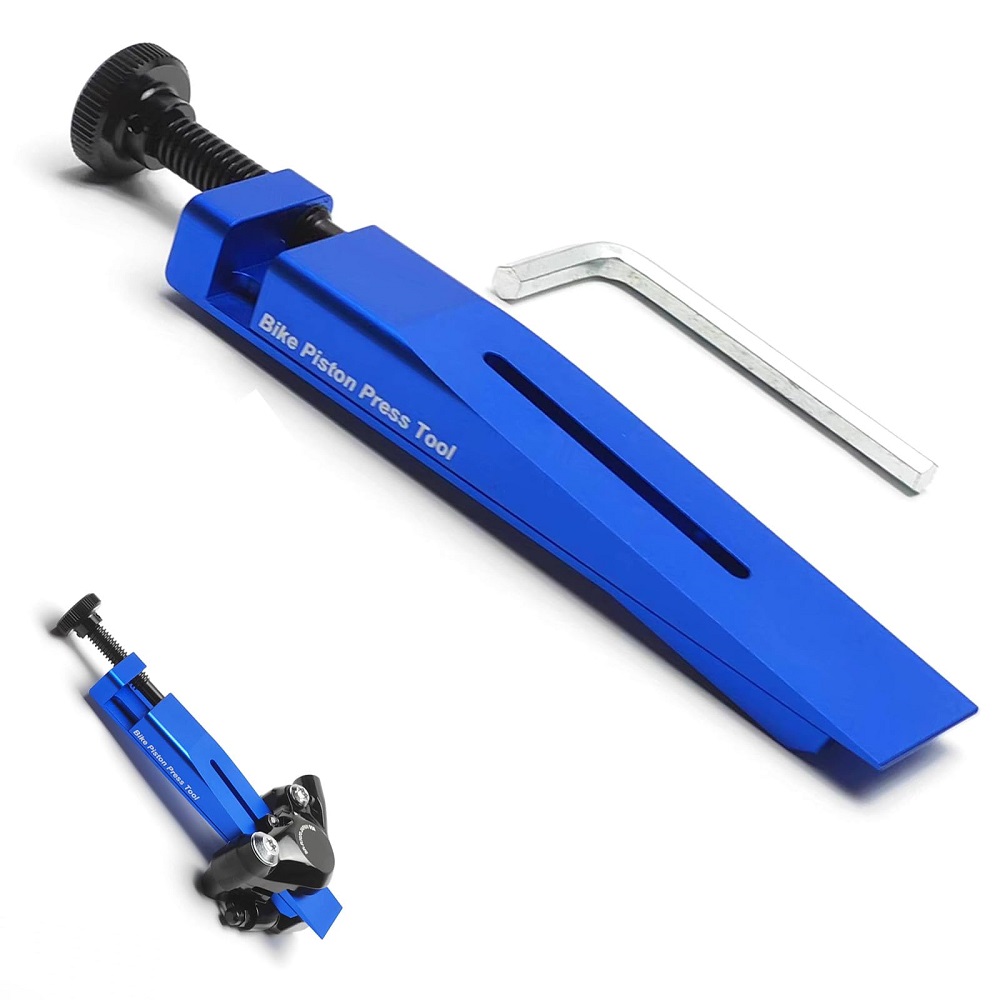
Leave a Reply